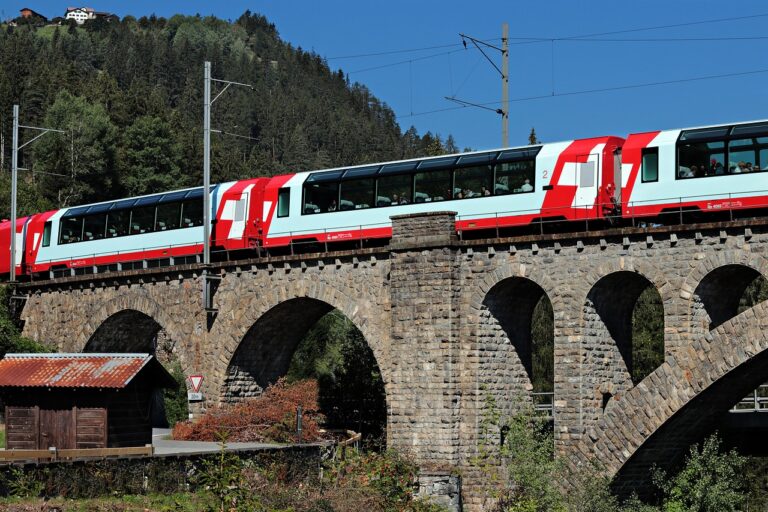Exploring Iconic Skyscrapers and Urban Landmarks
The Petronas Towers in Kuala Lumpur, Malaysia, are an iconic pair of skyscrapers that have become symbols of the city’s modernity. Standing at 451.9 meters tall, with 88 floors each, these twin towers were the tallest buildings in the world from 1998 to 2004. Their distinctive double-decker sky bridge on the 41st and 42nd floors offers breathtaking views of the city below.
The Shard in London, United Kingdom, is a striking glass-clad skyscraper that pierces the city’s skyline at 310 meters in height. Designed by renowned architect Renzo Piano, the Shard is the tallest building in the UK and has become a major tourist attraction since its completion in 2012. With its panoramic views from the viewing platforms on the 69th and 72nd floors, the Shard has secured its place as a modern architectural marvel.
The History Behind Famous Urban Landmarks
The Eiffel Tower in Paris, France, is a symbol of love and architecture, originally completed in 1889 for the Exposition Universelle. Designed by Gustave Eiffel, it was initially met with mixed reactions from the public but has since become one of the most recognizable structures worldwide.
In New York City, the Statue of Liberty stands tall as a symbol of freedom and democracy. A gift from France in 1886, it was designed by sculptor Frédéric Auguste Bartholdi and engineer Gustave Eiffel. The statue continues to welcome visitors from around the globe, reminding them of America’s ideals and values.
What is the significance of urban landmarks?
Urban landmarks are important for representing a city’s identity, culture, and history. They often serve as symbols of pride and can attract tourists and visitors.
How are urban landmarks preserved and maintained?
Urban landmarks are typically maintained and preserved through restoration and renovation efforts. Many cities have strict guidelines and regulations in place to ensure the protection of these important structures.
Are urban landmarks always open to the public?
While many urban landmarks are open to the public for tours or visits, some may have restricted access due to safety concerns or ongoing restoration work. It is always best to check the specific guidelines for each landmark before planning a visit.
How do urban landmarks contribute to the economy of a city?
Urban landmarks can boost tourism and bring in revenue for local businesses. They can also attract new residents and businesses to the area, contributing to the overall economic growth of the city.
Are urban landmarks always historical in nature?
While many urban landmarks have historical significance, there are also modern landmarks that are known for their innovative architecture or cultural significance. Urban landmarks can come in many different forms and reflect a variety of time periods.





